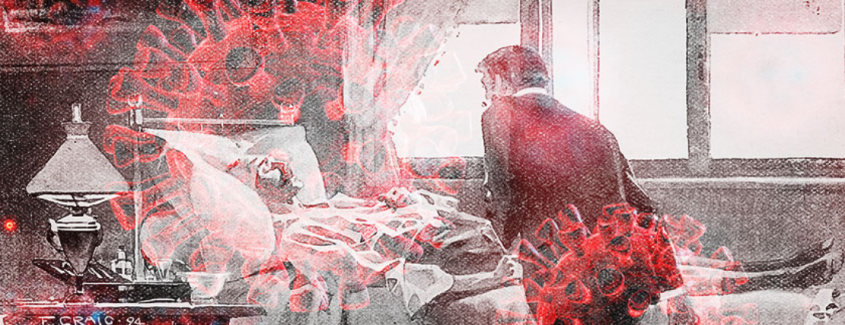
Editor’s note: This article first appeared at the Pittsburgh Tribune-Review.
Exhibit 1: Elizabeth Sovel Flinn. Born in 1891, she died about this time 100 years ago, age 29, a victim of the catastrophic influenza epidemic of 1919-20, also known as the Spanish flu. She was my grandmother’s mother (my dad’s side). My grandmother wasn’t even 3 years old at the time. She never knew her own mom, or at least had no memories of her.
Exhibit 2: Nelle Clyde Wilson Reagan. Born in 1883, she was the mother of Ronald Reagan. In the winter of 1919, their tranquil little town of Monmouth, Ill., was jolted. The young Reagan, 8 years old, was frightened by the sight of townspeople donning facial masks and adorning their doors with black-ribboned wreaths. Schools, libraries, dance halls and churches were closed.
This was a strange flu that disproportionately impacted perfectly healthy middle-aged people, like my great-grandmother and like Nelle. Nelle’s husband and two boys were sure they were going to lose her. “We thought she was a goner,” said Reagan later. She survived.
Reagan might never have become president if he had lost his mother that winter. Nelle was that much of a formative figure in his development.
Those are two cases I can speak to distantly. The first I know from family history; the second as a historian of Ronald Reagan. It was said in the 1920s that everyone knew someone who knew someone who died from the epidemic. When you see the numbers, you understand why.
The Spanish flu affected a fifth to a quarter of the global (and American) population, possibly a half-billion souls. How many died? The numbers range considerably, from 20 million to 60 million, some projections as high as 100 million. For a sense of perspective, 20 million would have constituted twice the death toll of World War I, the deadliest war in history to that point. Influenza took more lives in a year or two than the Great War took in four years of hideous trench warfare.
Eerily, this happened exactly 100 years ago, as we now experience the growing threat of the coronavirus. Scholars of the 1919-20 epidemic have long waited in fear for the next Big One. For years at Grove City College, I’ve lectured on the Spanish flu, grimly warning my students of another influenza-like epidemic.
Is coronavirus it?
A striking parallel is the fatality rate, which for the Spanish flu was 2-3%. That seems to be what we’re seeing with the coronavirus. Initially, over the first 200 or so cases in the United States, the rate seemed closer to 6%, albeit with a small sample size. In more recent days, the rate seems nearer the averages we’ve seen around the world, thanks to vigilance and earlier detection.
A striking difference from the Spanish flu is that coronavirus seems to be most adversely affecting not healthy middle-aged individuals but older folks who are vulnerable and compromised, especially those with respiratory issues.
The one parallel we obviously don’t want to see is a death toll anything remotely close to that of 1919-20. We must take every precaution to avoid getting that far, even if those precautions sometimes seem like an overreaction. It’s certainly better to err on the side of excessive caution.
Unlike 100 years ago, we don’t want a situation where everyone knows someone who died from this illness. Be smart, stay well.

